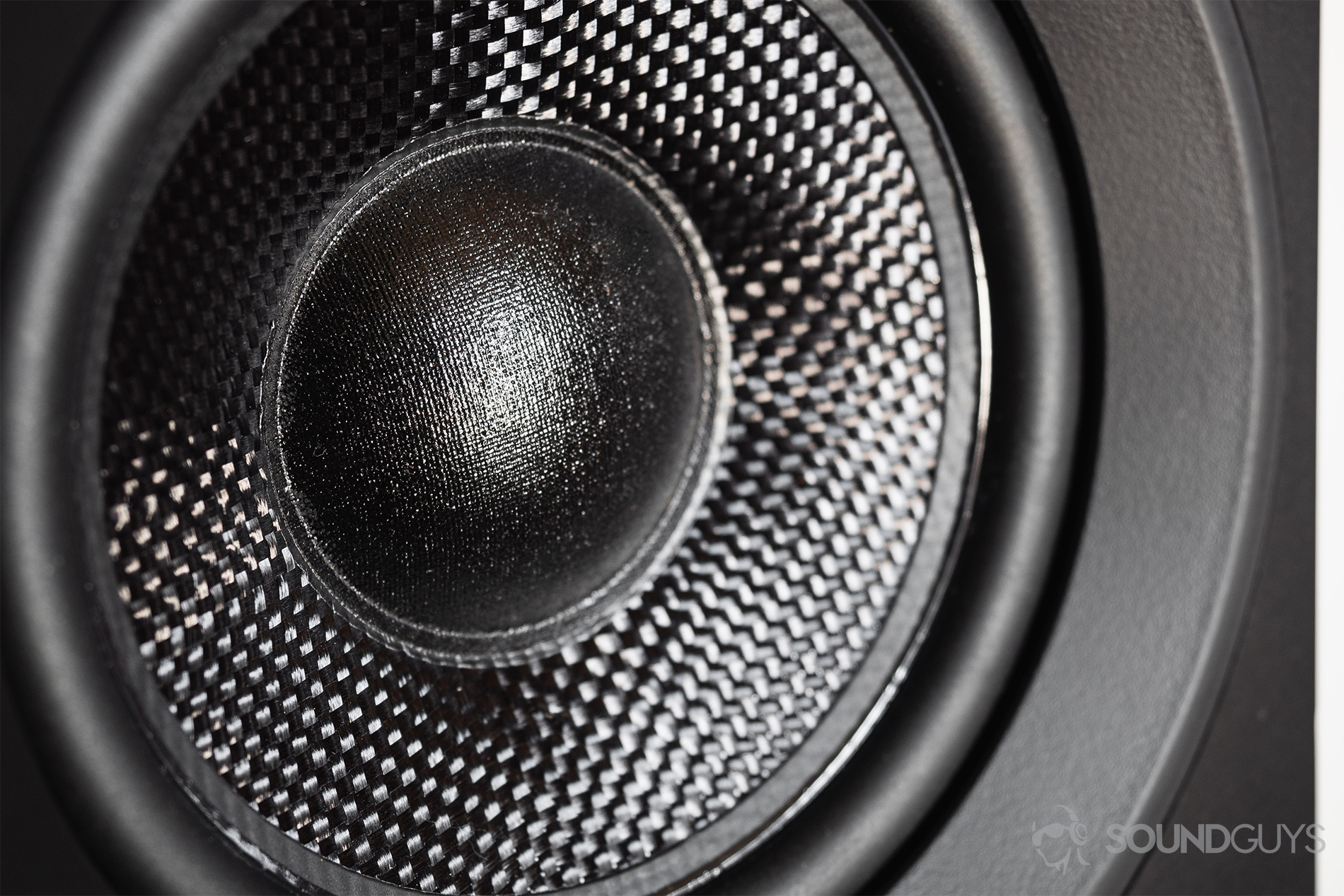
Speaker performance and cabinet design are equally crucial parts. Every amp and cabinet manufacturer has methods to achieve their signature tone. If you want deeper bass, punchier bass, tighter bass, more snap, pop, or whatever the desirable adjective, something else will be sacrificed to obtain it. But, for now know that trade-offs are involved in every aspect. I’ll leave the specifics about T/S parameters and how they are interconnected for another day. Speaker designers manipulate T/S parameters when customizing a speaker for a particular cabinet or when meeting certain design goals. They are a means of comparing speaker performance and finding optimal cabinet conditions. These are known today as Thiele-Small (or T/S) parameters. Small, devoted considerable effort to show how specific speaker parameters define the relationship between a speaker and a particular enclosure. In the early ‘70s, two engineers, named A.N. Any speaker will produce sound in any cabinet, but optimizing the relationship between the speaker and the enclosure is the key to good bass. Shaping the low-end (bass frequencies below 300Hz) is the reason for choosing a particular enclosure type. A speaker’s cone response dictates the signature shape or sound of the enclosure beyond 200-300Hz ( figure 1). A baffle that does not resonate with the speaker must be made from a solid and thick material. If not mounted to a baffle and simply placed on a solid surface, the vibration created from the speaker’s movement may be louder than the sound it emits. The baffle also absorbs vibration created by the speaker. This is further accentuated with lower frequencies, and the main reason for mounting a speaker on a baffle. If not separated, the output from the front and rear of the cone would cancel each other out. These sound waves must be separated to achieve usable output. Sound is produced from the front and the rear of a speaker’s cone. A speaker produces minimal output in free-air (outside of a cabinet). This article will be used for the details I feel will help bass players the most.įirst, let’s think about the role of the speaker.
Speaker enclosure design principles pro#
Whether you find information about car audio, home hi-fi, pro audio or bass guitar, the principles are basically the same.

There is also plenty of software available online to help you with calculations. For the DIY guys and players interested in obtaining more knowledge, there is a wealth of information available online to learn more about cabinet design.

It would take a couple of articles this size just to introduce the terminology. It took me a while to decide what details to cover, and I soon realized it might require a book to cover the concepts of cabinet design. The following article was written by Anthony Lucas for Bass Gear Magazine.Īre sealed or ported enclosures better for bass guitar? What are the differences between them? In this article, I will compare the two most common types of bass guitar enclosures and try to highlight the benefits and shortcomings of each.


 0 kommentar(er)
0 kommentar(er)
